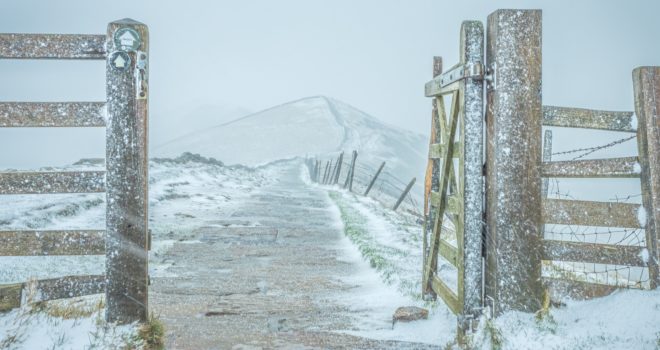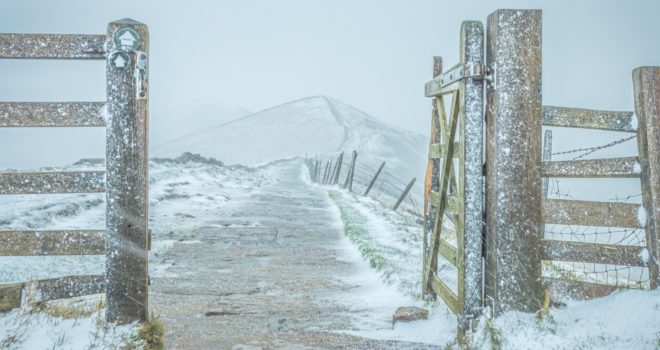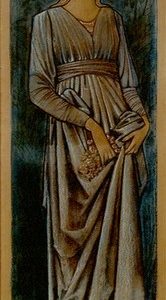My title is a play on the usual phrase: What goes up must come down again. Throw a ball into the air, and gravity will return it to your hands. Natural gravity is an attraction between physical bodies. But I’m interested in a kind of supernatural attraction between bodies.
Adventus is a Latin word that means “a coming, an approach, and eventually an arrival.” So “Happy Advent” means “look out! Here comes something.” If this was your very first Advent, you might be wondering “What’s coming? and why am I taking 4 weeks out of my life to wait for it? Let it show up, and then I’ll deal with it – in the meantime, I have shopping to do, and all those Christmas cookies to bake.” But, of course, this is not your very first Advent, and you do know what is coming. It is the Feast of the Nativity of Christ, the Messiah. But what is he coming to do? That’s the question I want to ask.
Why did Christ come down? John Chrysostom said it was raise us up – to seat us on high beside His Father. “Strange! What Friendship! … He travailed that He might be able to reveal to us the mystery. What mystery? That He would have man seated up on high” (Homily on Ephesians 1). Christ has built a staircase for His descent from heaven, and He intends for us to use it for our ascent to heaven. As Jean Baptiste Saint-Jure succinctly puts it: “The same steps serve to mount and to descend” (Knowledge and Love of God, vol 1). Jacob’s ladder was taken as a figure of the Incarnation by spiritual writers because “the same degrees by which the Word has descended to us on becoming man have served to elevate our nature to him by uniting it to His” (Saint-Jure, again).
What came down will go up again. The same rungs on the ladder allowed the Word to descend to us, and allow us to rise to him. And that is the ultimate mystery of what’s coming this Advent. “God became man that man might be made divine.” “We are to become by grace what Christ is by nature.” Those are the famous phrases used by all the Church Fathers – Augustine, Athanasius, Origen, Irenaeus, Cyril of Alexandria, Basil, Gregory of Nyssa, and so on, and so forth.
The western Catholic word for this is sanctification, the eastern Orthodox word for this is deification. Of course this doesn’t mean we turn into gods, divinities, deities. Once a human being, always a human being; once a human nature, always a human nature. But a human person is so unified with God that God’s life is shared with him. Columba Marmion said, “Christianus, alter Christus: the Christian is another Christ” (Life of the Soul) 2 Peter 1:4 says God’s divine power has given us everything needed for life and godliness, to deliver us from corruption, so we “may become participants of the divine nature.” Look out! Advent! What’s coming? An incarnate God who intends to share his divine life with his adopted sons and daughters.
We are better with the first half of this, concerning the descent of the Son of God to Bethlehem. We are not as good with the second half of this, that is, the ascent of human nature to the throne of God at His Ascension. But remember that the same steps serve to mount and to descend. The liturgical Advent ladder is the staircase down which Christ came in order to assume human nature, and the staircase up which the Bridegroom will lead his Bride to the heavenly Jerusalem. It’s as if Christmas is the opening parenthesis, and Ascension Day the closing parenthesis. The conclusion of what is “Adventing” right now will be May 18, 2033 – although we must pass through the cross and resurrection and Pentecost to get to it. (Maybe then we should put up an Ascension tree, and send Ascension cards, and give Ascension gifts then.)
I hope this staircase makes sense out of some classic passages about Advent from some Catholic spiritual writers. Alphonsus Rodriguez says we must dwell both on the knowledge of our sin, and on knowledge of God’s bounty. Together the two are “like Jacob’s ladder, of which one end touched the earth, and the other reached up to heaven. It is by it, you are to ascend and descend as the angels did. Ascend till you arrive at the knowledge of the goodness of God … Place all your confidence in Him. In fine, all you have to do is to go continually up and down this ladder” (The Practice of Christian and Religious Perfection).
Elizabeth of the Trinity says, “Imagine what the Blessed Virgin’s soul must have been like, when, after the Incarnation, she possessed within her the Incarnate Word, the Gift of God … Let us remain very close to Him in this same silence. There is surely no better way of spending Advent” (Spiritual Writings).
Francois Fenelon wrote to his spiritual daughter: “The season of Advent should kindle in us an earnest desire to give ourselves to God, to prepare our heart to receive the fulness of His grace, and make ready to be born again with Jesus Christ … We ought each hear as spoken to ourselves St. John’s exhortation, ‘Prepare the way of the Lord, make His paths straight’ … This preparation consists of an ardent desire to possess Him” (Spiritual Letters to Women).
And to finish, Louis Tronson quotes Augustine’s observation that “Our sins may become steps of the ladder by which we mount upwards.” Then Tronson writes, “O All Merciful God, who could believe that sin which renders us so displeasing in Thy sight, should yet by Thy grace become a means whereby we may raise ourselves to Thee? Yet this miracle is daily wrought in those true penitents who humble themselves in contemplating their transgressions, and who labour unceasingly to root out evil from their hearts” (Examination of Conscience)
It is a crazy thought that someone could construct a ladder from the top down. We creatures of gravity have to construct things from the bottom up. But our Lord is a creature of eternity, and He has suspended this ladder from His Father’s throne and worked His way down to us. Nicholas Cabasilas wrote, “He did not remove us from here, but He made us heavenly while yet remaining on earth and imparted to us the heavenly life without leading us up to heaven, but by bending heaven to us in bringing it down .. This way the Lord traced by coming to us, this gate He opened by entering into the world. When He returned to the Father He suffered it not to be closed, but from Him He comes through it to sojourn among men” (The Life in Christ).
The liturgy is this gate, still swinging on its hinges after all these centuries, allowing traffic to pass through it. Christ descends, and liturgy is established; Christ ascends, and a liturgical gateway is created. By His Incarnation Christ opens the gate – and He leaves it open behind Him!
✠
Photo by David Booth on Unsplash












